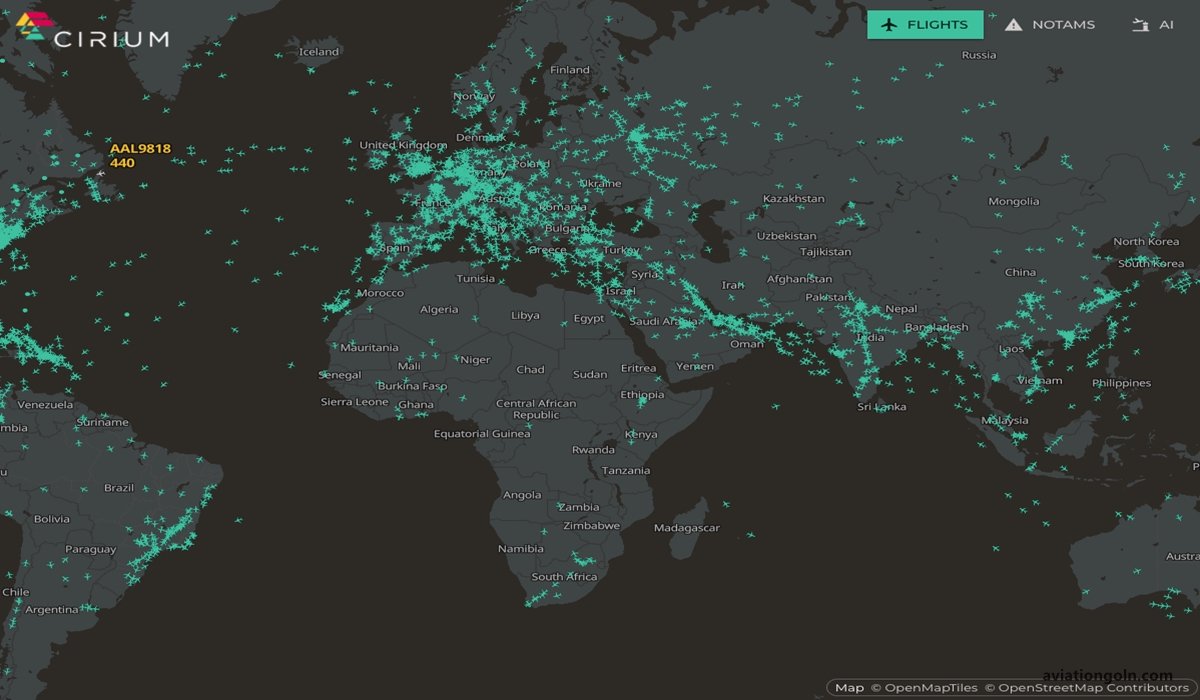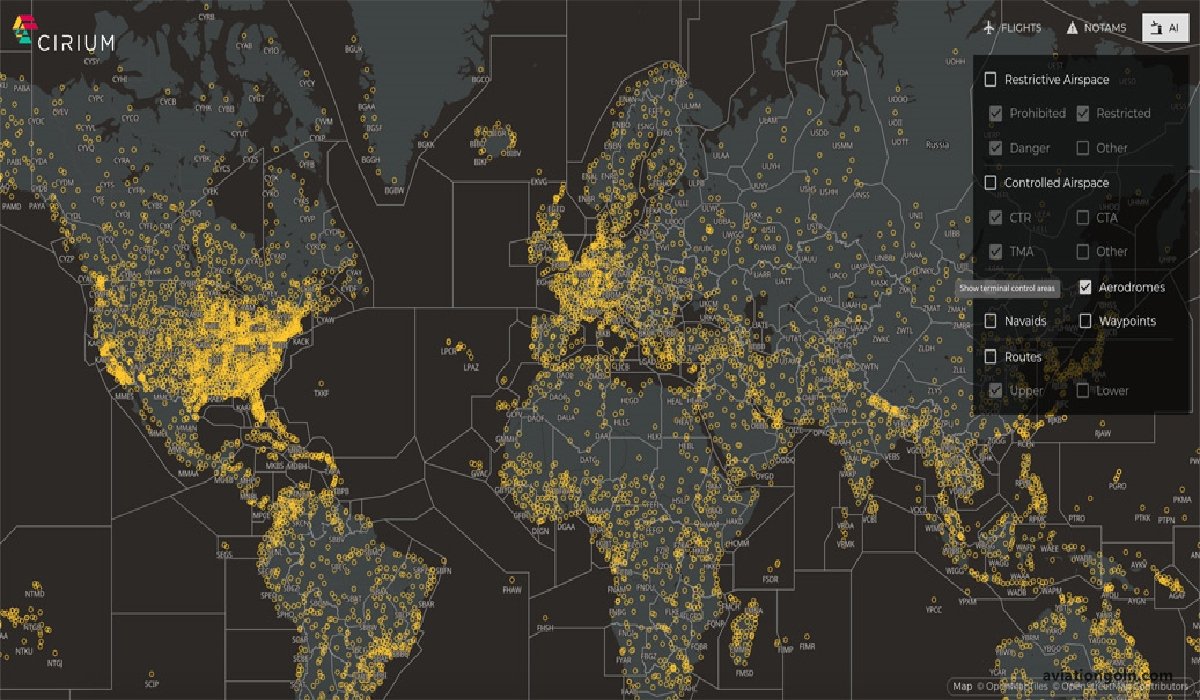Overview of Aeronautical Data and Information: Aeronautical data and information form the backbone of modern aviation. Without accurate and timely data, aircraft would be unable to navigate the skies safely, controllers would be unable to manage air traffic, and air operations would come to a standstill. This data spans a range of areas, from the characteristics of an aircraft to the details of global navigation systems. Here, we explore the vast world of aeronautical data and its significance in the modern aviation industry.
Overview of Aeronautical Data and Information
1. Historical Context
The need for aeronautical data dates back to the early days of flight. The Wright brothers, for instance, meticulously documented their experiments, recording data on wing shapes, wind conditions, and flight durations. As aviation grew, so did the complexity and volume of data involved.

2. Categories of Aeronautical Data
Aeronautical data can be classified into the following main categories:
- Aerodrome Data: Information about airports, including runway lengths, surface types, terminal facilities, and lighting.
- Navigational Data: Details about navigation aids, their frequencies, locations, and operational status.
- Airspace Data: Information about different classes of airspace, their dimensions, and operating rules.
- Meteorological Data: Real-time and forecasted weather data crucial for flight planning.
- Aircraft Performance Data: Details about aircraft capabilities, including take-off, landing, cruising speeds, and fuel consumption rates.

3. Sources of Aeronautical Data
There are numerous sources from where aeronautical data is derived:
- Air Navigation Service Providers (ANSPs): They provide navigation aids, ATC services, and other air navigation services.
- Meteorological Departments: Offer essential weather data and forecasts.

- Civil Aviation Authorities: Regulate and provide data on airspace structures, procedures, and safety regulations.
- Aircraft Manufacturers: Offer aircraft performance charts, systems data, and maintenance information.

4. Importance of Accurate Aeronautical Data
Accuracy is paramount in aviation. Even minor inaccuracies can lead to navigation errors, endangering aircraft and passengers. Accurate data ensures:
- Safety: Ensuring aircraft avoid obstacles, other aircraft, and unsafe weather conditions.
- Efficiency: Optimal flight paths save time and fuel.
- Regulatory Compliance: Adhering to local and international aviation regulations.

5. Modern Tools and Aeronautical Databases
Today, advanced tools and databases assist in capturing, storing, and distributing aeronautical data:
- Aeronautical Information Management (AIM) Systems: These systems help in the timely exchange of vital aeronautical information.
- Electronic Flight Bags (EFBs): Digital tools used by pilots to access aeronautical data and perform flight-related calculations.
- Flight Management Systems (FMS): Onboard computer systems that use aeronautical data for navigation and flight planning.

6. Global Efforts in Standardizing Aeronautical Data
Organizations like the International Civil Aviation Organization (ICAO) work towards creating standardized aeronautical data protocols. The objective is to ensure that data is consistent, reliable, and understood globally, regardless of the source or the user.

7. Challenges in Aeronautical Data Management
The management of aeronautical data is not without challenges:
- Data Volume: The sheer amount of data can be overwhelming.
- Dynamic Nature: Many data sets, especially weather or air traffic, are continuously changing.
- Integration: Merging data from various sources into cohesive, usable formats.

8. The Future of Aeronautical Data
With advancements in technology, the future holds:
- Real-time Data Sharing: Instantaneous sharing of data across global networks.
- AI and Machine Learning: Predictive analysis for flight planning and air traffic management.
- Enhanced Cybersecurity: Protecting sensitive aeronautical data from malicious threats.

The intricate network of global aviation relies heavily on the accuracy, timeliness, and availability of aeronautical data. From the days of the Wright brothers jotting down experimental data in notebooks to today’s advanced AIM systems and EFBs, aeronautical data has and will continue to be the cornerstone of safe and efficient air travel. As technology advances, we can anticipate even more streamlined, secure, and insightful aeronautical data processes that will continue to push the boundaries of what’s possible in the skies above us.
